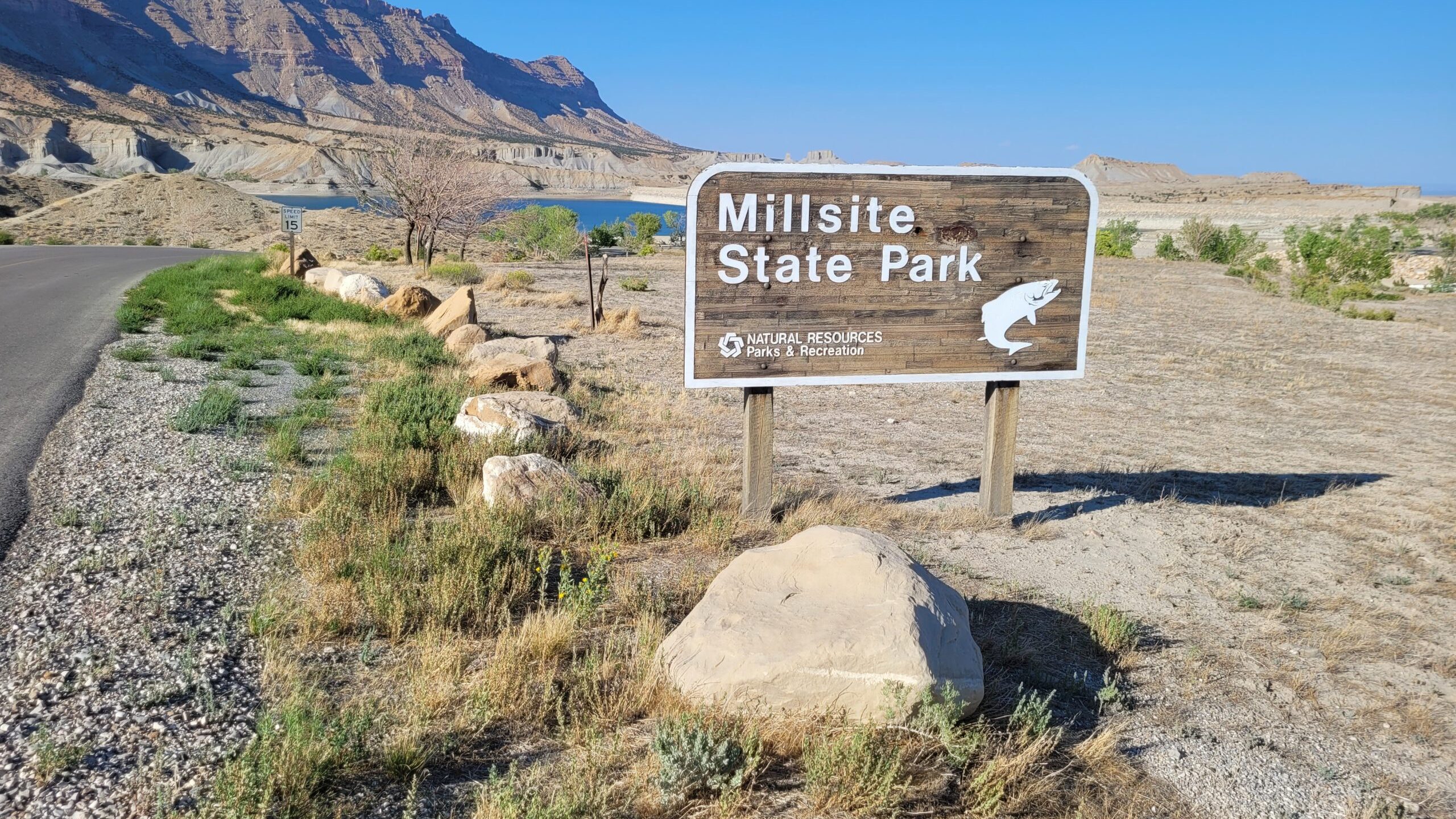Great Salt Lake leaders ask reservoir managers to release excess water
Jan 23, 2024, 5:36 PM | Updated: Jan 24, 2024, 11:53 am

FILE: Great Salt Lake in August 2023. (Adam Small/KSL NewsRadio)
(Adam Small/KSL NewsRadio)
SALT LAKE CITY— Great Salt Lake Commissioner Brian Steed and his office are reaching out to reservoir managers to see if they have any water to spare for Great Salt Lake.
Utah’s largest body of water and the eighth-largest saline lake in the world is still in dire need of a boost. Last year’s spring runoff helped the lake rise 5.5 feet after it hit its lowest level on record in November 2022.
The lake dropped only 1.9 feet in 2023. But today it still sits about 5.5 feet shy of its optimum healthy level of 4,198 feet above sea level. That’s according to the latest measurements provided by the U.S. Geological survey.
How reservoirs can help
Utah’s reservoirs catch and hold exactly what Great Salt Lake needs to thrive: fresh water produced by winter snow in Utah’s mountains. Currently, reservoirs across Utah are 80% full, on average. According to KSL.com that is 23% more than the reservoirs have in a typical January.
While reservoir water is mainly used for human consumption, there may be enough to release directly to Great Salt Lake, which sits downstream of the reservoirs along the Wasatch Front. Most all of any excess or flood water along the Wasatch Front finds it’s way to Great Salt Lake.
Can this be done without depleting the water we need in our homes?
In short, the answer is still up in the air. Deputy Great Salt Lake Commissioner Tim Davis told KSL Newsradio they have reached out to several upstream reservoir managers asking them to figure out if they have any water they can spare for the lake.
Davis said it shouldn’t take long to figure out how much or if they can send any water downstream, but, if they can, it would give a direct boost to Great Salt Lake.
“It will take all of us conserving water, moving water and wet years…to get the lake back to a healthy level,” Davis said.
Davis also said if any reservoirs can release water, they want to do that before Spring runoff begins in April. This way, farmers and other people won’t need to pull any out and it would open up more space for reservoirs to catch water once this year’s snowpack melts. In theory, it could help prevent some forms of potential flooding.
The Great Salt Lake Commissioner’s Office recently released it’s strategic plan to save Great Salt Lake and preserve it over the decades to come. Davis said two of the biggest things that needed to make that happen is conservation and taking advantage of wet years in preparation for dry ones.
Getting Great Salt Lake back to it’s optimum level of 4,198 feet above sea level could take years, even decades. But, Davis said he’s optimistic we can get there if we do what they’ve outlined in their plan.
“We’re all in this together,” Davis said.
Related:
Could farmers sell their water to the Great Salt Lake?
Great Salt Lake managers holding out hope following slow start to winter snowfall













